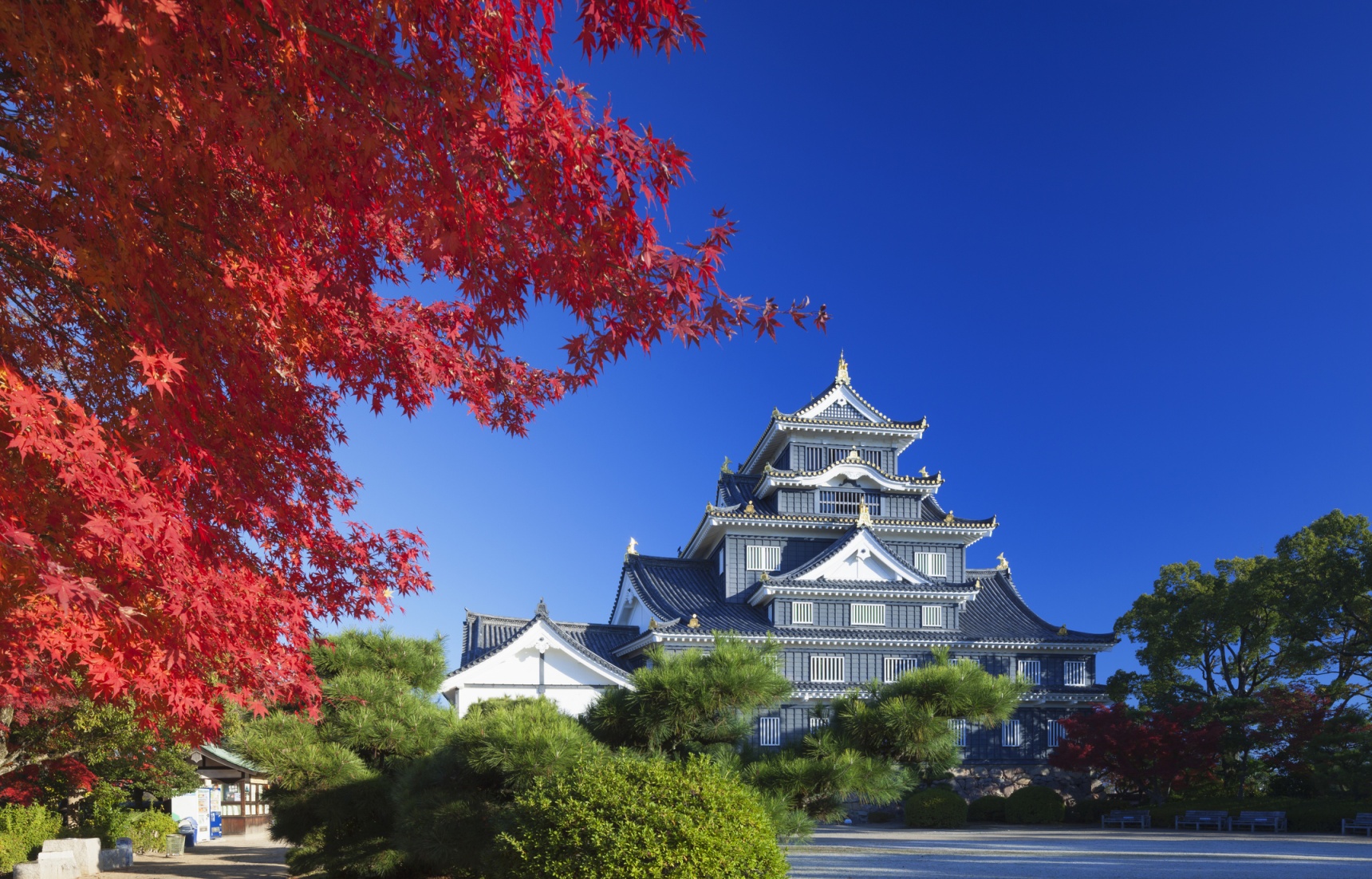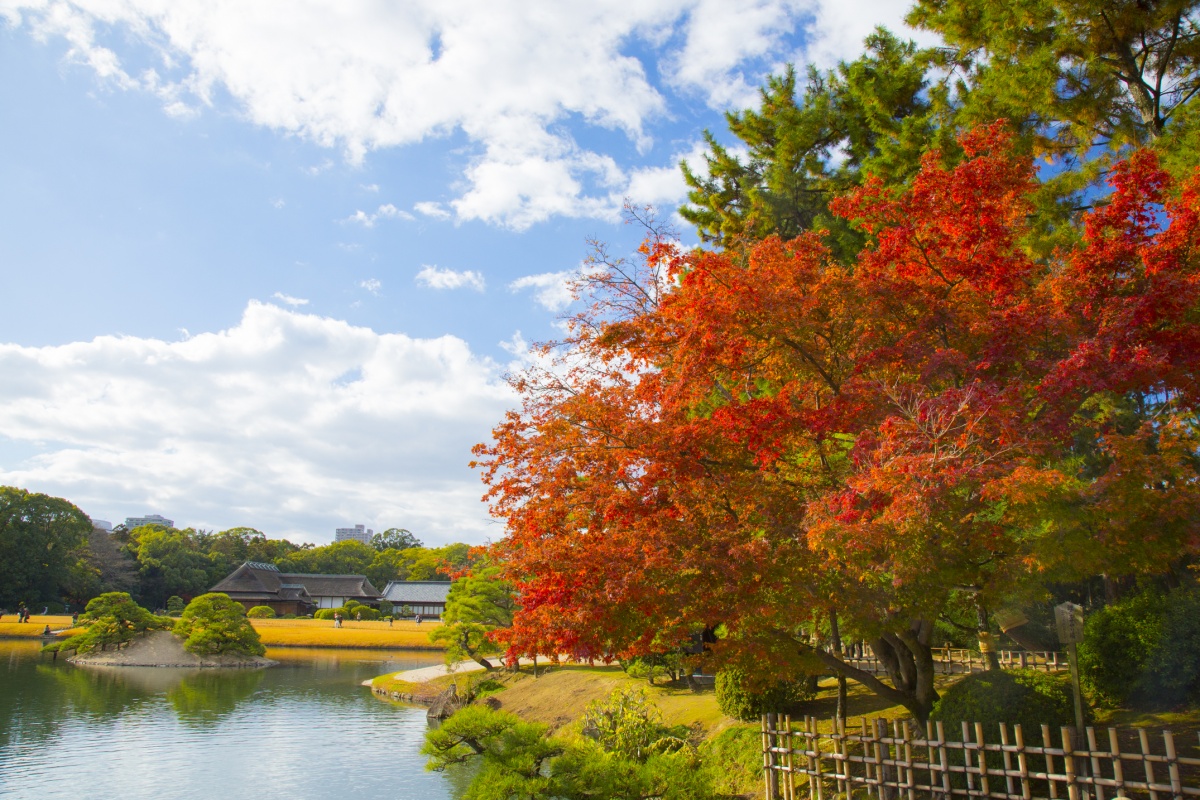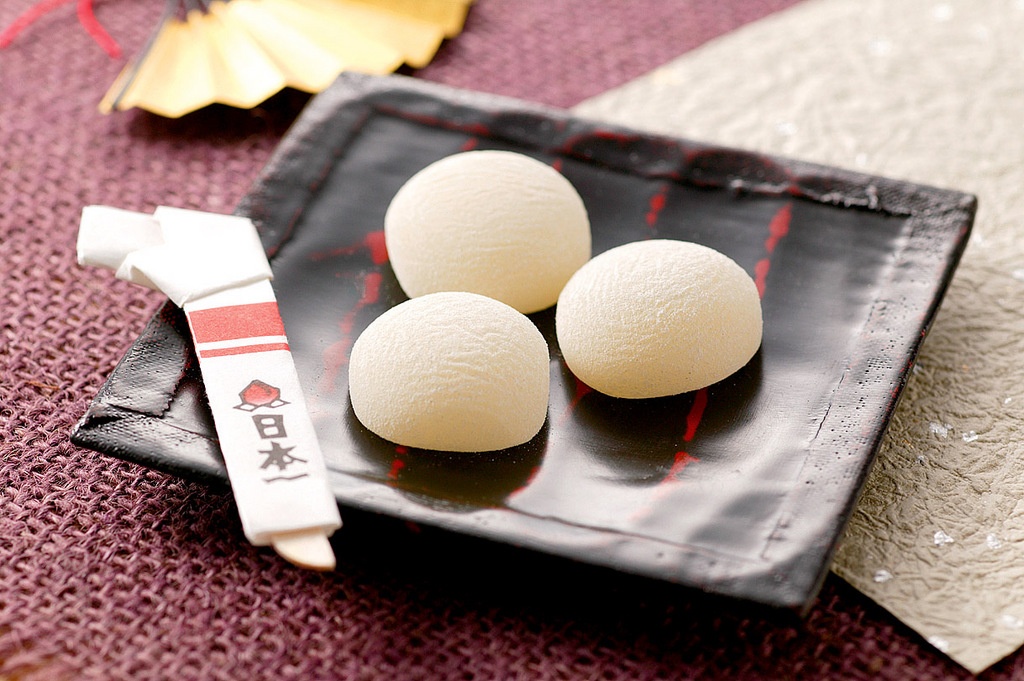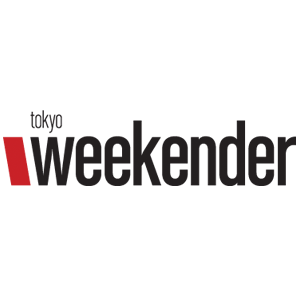Castles, Gardens & Peach Boys—Oh My!

In Japanese folklore, Momotaro (also known as Peach Boy) was the child of an elderly couple, a heroic young boy who did battle against a horde of demons on Onigashima—Demon Island. Okayama is a city that's strongly connected with Momotaro’s story, and has a strong connection to Japan’s past.
By Tokyo Weekenderhttps://www.youtube.com/watch?v=x9NpfAvaeZA
Of course, when you first arrive in town, you should begin by dropping in at the JR Okayama Station, also known as the Momotaro tourist information center, which is just inside the JR Station. During his adventures, Momotaro traveled with a dog, a monkey and a pheasant—but, whether you’re with friends or you prefer to travel alone, even the most independent-minded traveler can get some useful advice at the center. You can find out more about the hidden gems of the city, including the shrines and temples of the Kibiji District, and get the latest information about its most celebrated attractions: Okayama Castle and Korakuen Garden.
After heading down the stairs from the east side of the station, you can look down the wide street—Momotaro-odori—which is lined with statues of the famous Peach Boy and his companions, and leads down toward the Culture Zone and the city’s most famous sights. Along the way, you can pass by one of Okayama’s less traditional, but very impressive, products: blue jeans. Most people wouldn’t put the town of Peach Boy together with denim, but the city has a strong history with the fabric, and Okayama denim has become well-known over the past decades. You can find the shops for many famous blue jean brands as you head down Momotaro-odori, and in other places around town.
The castle can be easily reached by bus from the station. But if you really want to take in the ambiance of Okayama, we recommend taking the streetcar. You can catch the streetcar in front of the station and take it to Shiroshita Station. The castle is just a short walk away.
Okayama Castle
Okayama Castle’s construction dates back to the late 16th century, when local daimyo Ukita Hideie went as far as moving the earth in the construction of the building. Ukita changed the flow of the Asahigawa, the neighboring river, in order to prevent his enemies from attacking the rear of the castle. Also known as Ujo, or Crow Castle, because of the black-lacquered wood that covers the walls of the building, Okayama Castle looks majestically over the city, providing impressive views and a peaceful ambiance. But Ukita was not only concerned with the military power of the castle: he brought in artisans and merchants to develop a thriving cultural center around it, and this artistic legacy continues on today in Okayama’s products, from blue jeans to pottery.
Climbing the castle stairs and inspecting the historical exhibits inside the building, you can feel the spirit of the ages past. You can even get dressed up as a samurai-era lord or princess during your visit. For those with a talent for crafts, you can try your hand at making Bizen ware, or Bizenyaki. Bizen ware is well-known among pottery lovers for its rough, unglazed minimalism. Who knows: you might find that you have the knack for pottery! Bizenyaki workshops are available from 10 a.m. until 4 p.m. You can visit the castle from 9 a.m. to 5:30 p.m., and last admission is 5 p.m.
Okayama Korakuen Garden

Next to Okayama Castle is Okayama Korakuen Garden, one of the Three Great Gardens of Japan, and the recipient of a three-star rating from the Michelin Green Guide Japan. The garden was constructed along the Asahigawa River during the latter part of the 17th century by the Ikeda clan, who became the rulers of the area after the Ukita family.
The garden has been mostly unchanged in its appearance since the Edo Period (1603–1868), and is imbued with a sense of generations past. The garden has many different sections, each one inspiring a different feeling. There are wide lawns, tea houses, curved stone bridges and a miniature lake with a waterfall, and each area's trees and plants have been chosen with exquisite care. Korakuen is a truly special place, and changes colors and feelings with the turn of the seasons.
Cherry blossom season is particularly lovely, and another exciting time to visit is at the beginning of the year, when several cranes are kept at the garden and occasionally let free to walk (and occasionally fly!) around the garden. This is a particular favorite for photographers. But perhaps the best time to come is during Aki no Izanai Teien in early October, when the garden is dramatically illuminated with lamps and candles, making for a truly memorable experience. The park is usually open from 8 a.m., and opening hours are extended until 8:30 p.m. for the festival. The illumination goes from sunset until 8:30 p.m., and last admission to the garden is 5 p.m.

http://japan-brand.jnto.go.jp/eng/foods/sweets/56/
After taking in the sights, you’re probably ready to take a break and have a bite to eat. Momotaro’s favorite snack was kibi dango, a kind of sweet dumpling made from millet flour. In fact, he was able to recruit his traveling companions by sharing his treats with them. You can find stalls selling these sweets around Okayama Castle and Korakuen Garden, but once you've eaten your fill of them you might be in the mood to sit down and have something more substantial.
The city is best known for shiromomo (white peach) and muscat grapes. When these fruits are in season, the parfaits at Café Antenna, located just north of Okayama Castle, are particularly worth a taste!
https://www.youtube.com/watch?v=TV99vHqWQSw
While you might not have to fight off any supernatural creatures like Momotaro had to do, you can be sure that your memories of Okayama and its sights will be ones that you will treasure long after you have returned home!





